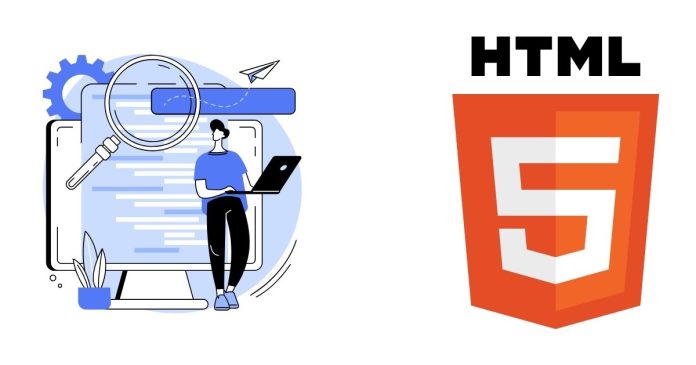The iFrame (inline frame) has been a staple in web development for embedding external content into a webpage. However, iFrames come with limitations such as performance issues, security vulnerabilities, and a lack of flexibility in certain scenarios. As HTML5 has evolved, new techniques and technologies have emerged as alternatives to iFrames, offering enhanced functionality and performance.
This blog post explores modern alternatives to iFrames and highlights how you can leverage them in your projects.
Why Consider Alternatives to iFrames?
While iFrames have their merits, such as isolating embedded content and providing easy integration, they present challenges like:
- Poor Performance: iFrames can slow down page load times because they create additional browser contexts.
- Limited Responsiveness: Adapting iFrames for responsive design can be cumbersome.
- Security Concerns: iFrames are vulnerable to clickjacking and other attacks if not implemented carefully.
- Restricted Communication: Communicating between an iFrame and its parent page requires workarounds like postMessage, which can be complex.
HTML5 Alternatives to iFrames
1. Embed Using <object> Element
The <object> tag is an HTML5 element that can embed external resources like documents, videos, or web pages. It offers better integration with the main DOM than iFrames.
<object data=”example.html” type=”text/html” width=”600″ height=”400″>
Your browser does not support embedded objects.
</object>
Pros:
- Supports fallback content.
- Can handle various media types.
Cons:
- Limited cross-origin support.
- Less commonly used, which might lead to compatibility quirks.
2. AJAX with Dynamic Content Loading
Using AJAX (Asynchronous JavaScript and XML) to fetch and inject external content dynamically into your webpage is a flexible alternative.
<div id=”content”></div>
<script>
fetch(‘example.html’)
.then(response => response.text())
.then(data => {
document.getElementById(‘content’).innerHTML = data;
})
.catch(error => console.error(‘Error loading content:’, error));
</script>
Pros:
- Fully integrates external content into the DOM.
- Offers greater control over styling and behavior.
Cons:
- Requires JavaScript to function.
- Potential CORS (Cross-Origin Resource Sharing) issues when fetching external content.
3. Web Components
Web Components enable you to create reusable, encapsulated elements with custom functionality, providing a robust way to embed and manage external content.
<custom-element></custom-element>
<script>
class CustomElement extends HTMLElement {
connectedCallback() {
this.innerHTML = ‘<p>External content loaded dynamically.</p>’;
}
}
customElements.define(‘custom-element’, CustomElement);
</script>
Pros:
- Encapsulated and reusable components.
- Seamless integration into modern frameworks like React or Vue.
Cons:
- Browser support requires polyfills for older versions.
- More complex than traditional methods.
4. Shadow DOM with <template>
Shadow DOM, part of the Web Components specification, allows developers to encapsulate styles and content, avoiding conflicts with the parent page.
<div id=”host”></div>
<template id=”template”>
<p>This is embedded content.</p>
</template>
<script>
const host = document.querySelector(‘#host’);
const shadowRoot = host.attachShadow({ mode: ‘open’ });
const template = document.querySelector(‘#template’);
shadowRoot.appendChild(template.content.cloneNode(true));
</script>
Pros:
- Full encapsulation of styles and scripts.
- Prevents style bleeding between components.
Cons:
- Steeper learning curve.
- Might require fallback solutions for legacy browsers.
5. Embed API or SDK
Many third-party services provide APIs or SDKs that allow you to integrate their functionality without relying on iFrames.
For instance, embedding a YouTube video:
<div id=”player”></div>
<script src=”https://www.youtube.com/iframe_api”></script>
<script>
function onYouTubeIframeAPIReady() {
new YT.Player(‘player’, {
height: ‘360’,
width: ‘640’,
videoId: ‘M7lc1UVf-VE’
});
}
</script>
Pros:
- Tailored functionality with extensive options.
- Improved performance compared to raw iFrame embedding.
Cons:
- Dependent on the third-party service’s API.
- Requires additional setup and maintenance.
Choosing the Right Alternative
The best alternative depends on your use case:
- For embedding static content: Use
<object>or AJAX. - For dynamic and reusable components: Leverage Web Components or Shadow DOM.
- For integrating third-party services: Use APIs or SDKs.
By replacing iFrames with modern HTML5 alternatives, you can build more secure, responsive, and performant web applications. Explore these options and choose the one that aligns with your project needs.


